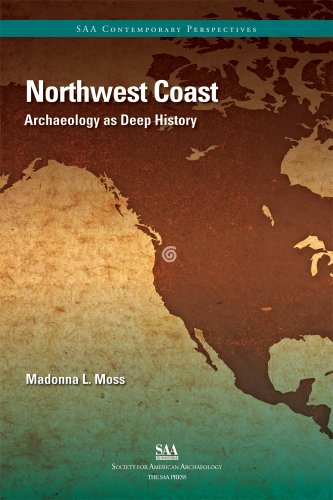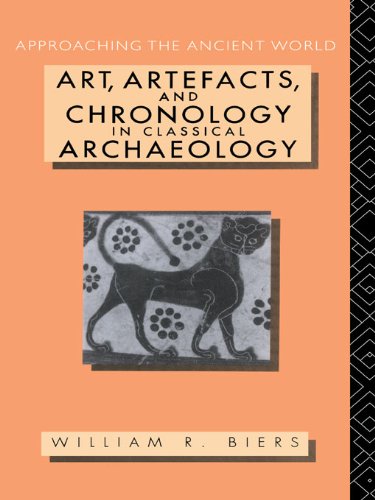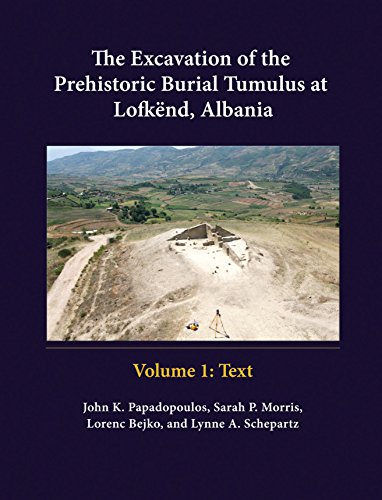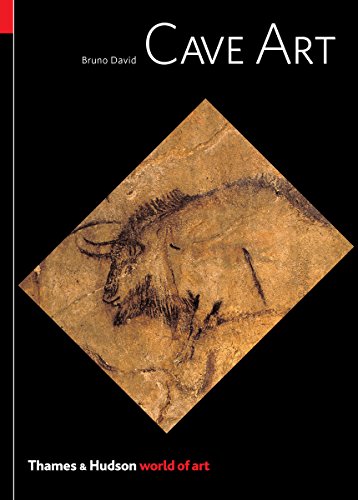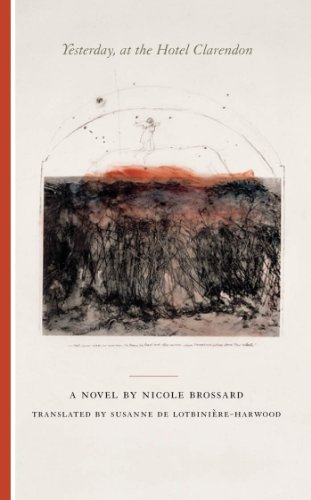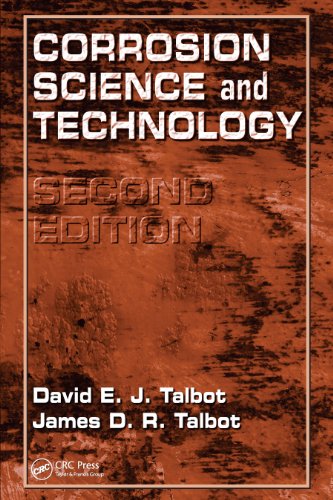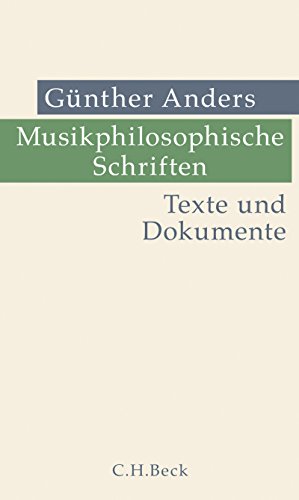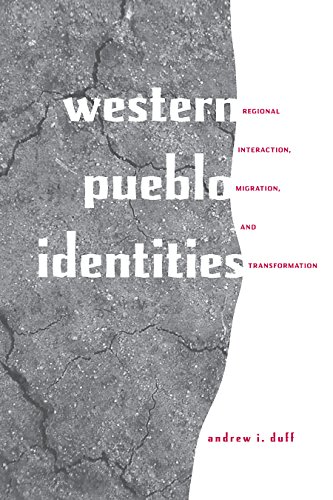
By Andrew I. Duff
Using comparative information from the higher Little Colorado and Zuni areas, Duff demonstrates alterations in styles of interplay inside and among areas with varied inhabitants densities. He then hyperlinks those modifications to such components as occupational historical past, immigrant populations, the negotiation of social identities, and the emergence of recent ritual platforms. Following abandonments within the 4 Corners sector within the past due 1200s, immigrants with diversified old backgrounds occupied many Western Pueblo regions—in distinction to the Hopi and Zuni areas, which had extra good populations and deeper historic roots.
Duff makes use of chemical analyses of ceramics to record trade between a number of groups inside of those areas, displaying that individuals in much less densely settled areas have been actively recruited through citizens of the Hopi and Zuni areas to hitch their settlements. by the point of the arriving of the Spaniards, unique social and territorial groups—the Hopi and Zuni peoples—had emerged from this scattering of groups. Duff's new interpretations, in addition to new info on ceramic trade styles, recommend that interplay is a greater method to degree identification than typically used standards. His paintings deals new views at the function of formality in social association and on id formation in Pueblo IV society and is wealthy in implications for the learn of alternative sedentary, middle-range societies.
Read Online or Download Western Pueblo Identities: Regional Interaction, Migration, and Transformation PDF
Best archaeology books
Northwest Coast: Archaeology as Deep History
This concise review of the archeology of the Northwest Coast of North the United States demanding situations stereotypes approximately complicated hunter-gatherers. Madonna Moss argues that those historical societies have been at the start fishers and meals manufacturers and benefit examine outdoors social-evolutionary frameworks. Moss techniques the archaeological checklist by itself phrases, spotting that adjustments via time usually mirror sampling and visibility of the checklist itself.
Art, Artefacts and Chronology in Classical Archaeology (Approaching the Ancient World)
The museums of the realm are packed with statues and different artefacts of the Greeks and the Romans. All are given a date. yet how are those dates arrived at. what's the proof? This learn offers the scholar with an advent and rationalization of the methods students date the archaeological is still of classical antiquity.
The burial tumulus of Lofkënd lies in a single of the richest archaeological parts of Albania (ancient Illyria) domestic to a few burial tumuli spanning the Bronze and Iron a while of later European prehistory. Modern knowing of the pre- and protohistory of Illyria has largely been formed by way of the contents of such burial mounds, yet some were robbed some time past, others reused for contemporary burials, and few were excavated less than clinical stipulations.
Deep underground, hidden from view, a few of humanitys earliest inventive endeavours have lain buried for millions of years. the main old artistic endeavors have been moveable items, left on cave flooring. Shell beads sign that 100,000 years in the past people had constructed a feeling of self and a wish to decorate the physique; ostrich eggshells incised with curious geometric styles trace at how groups used artwork, in the course of the energy of symbols, to speak methods of doing issues and bind humans jointly.
- Craft Production and Social Change in Northern China (Fundamental Issues in Archaeology)
- Protecting Heritage in the Caribbean (Caribbean Archaeology and Ethnohistory)
- The Emergence of Civilization: From Hunting and Gathering to Agriculture, Cities, and the State of the Near East (From Hunting and Gathering to Agriculture, Cities and the St)
- Ungendering Civilization
Additional resources for Western Pueblo Identities: Regional Interaction, Migration, and Transformation
Sample text
